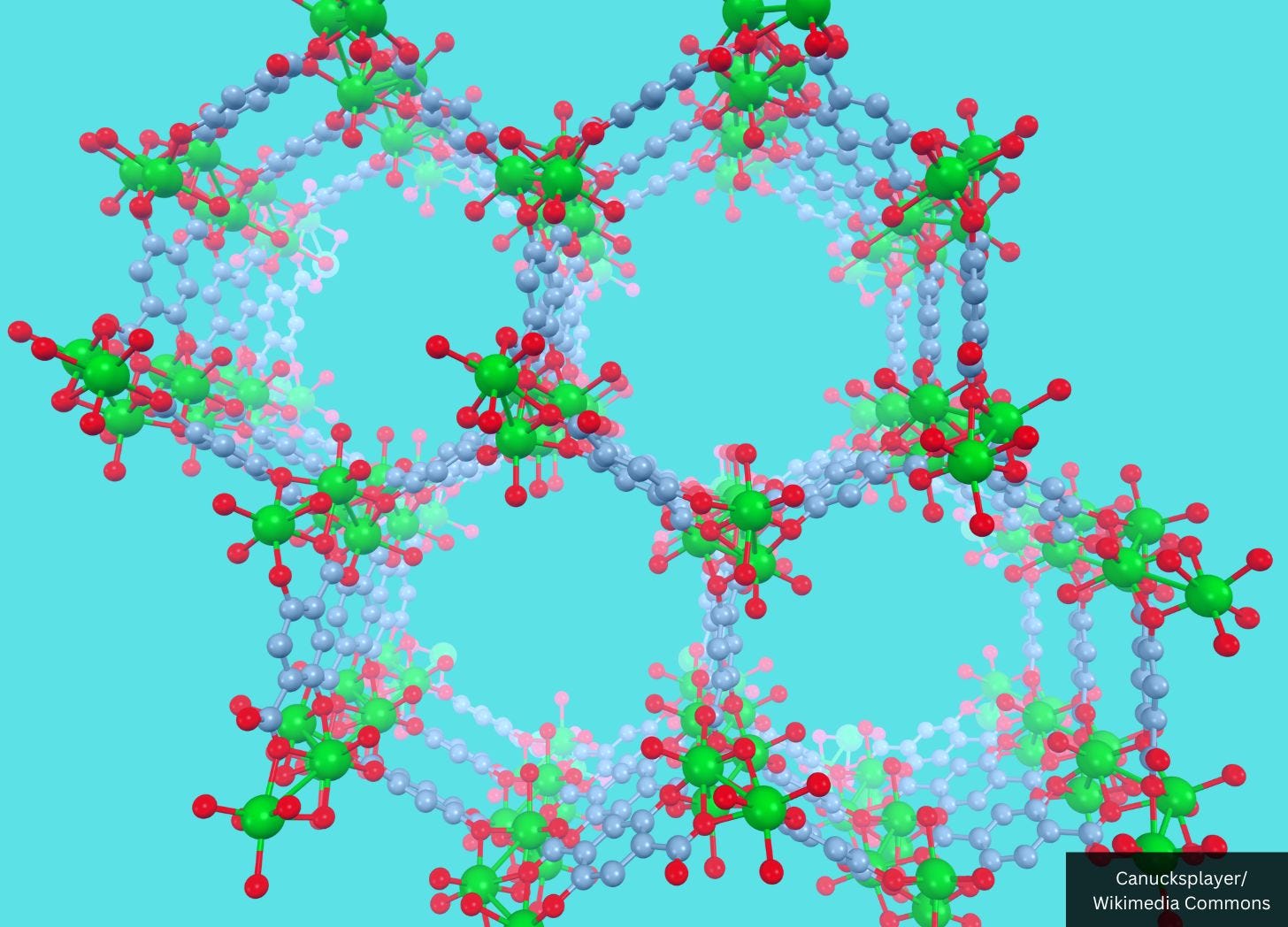Scientists Want to Shoot Nano Metallic Structures Called 'Metal-Organic Frameworks' Into the Body Using 'Microbullets' Despite Toxicity Concerns: Journal 'Chemical Reviews'
Researchers expect "sharp rise" in MOF technology use.
Scientists at the University of Texas at Dallas are developing new vaccine nanotechnologies that involve injecting tiny metallic structures called ‘metal-organic frameworks’ (MOFs) into the human body, according to a new review published Monday in Chemical Reviews.
Follow Jon Fleetwood on Instagram @realjonfleetwood / Twitter @JonMFleetwood
MOFs are made by linking metal ions or clusters with organic molecules, creating porous structures with large surface areas.
Various metals have been employed in MOF vaccines, including zinc (Zn), aluminum (Al), and titanium (Ti).
Common organic molecules used as linkers in MOFs include 1,4-benzenedicarboxylic acid (BDC), bodipy (which contains fluoride), and porphyrin-based compounds.
The rigid connections between metal ions and organic molecules in MOFs determine their structure and properties.
These materials can be modified in various ways.
Though mainly used in medicine for other things (drug delivery, imaging, and cancer immunotherapy), they’re now being considered for vaccines, the review explains.
The authors argue that MOFs could make vaccines stronger and more stable, remove the need for refrigeration, and maybe even allow them to be taken without needles.
The shape of the metal structures can be adjusted depending on what the vaccines intend to accomplish while inside the body.
“An entire subsection of research in this field is dedicated to tuning pore sizes. One of the most popular approaches for such work is utilizing the chemistry and framework of existing MOFs and swapping out the linkers with their longer counterparts to extend the pore size,” the review reads.
“Alternatively, changing the substituents on a linker instead of elongating the carbon chain can also result in different geometries and pore volumes, which has downstream effects on the chemical properties and selectivities of the MOFs.”
The review authors predict there will be a “sharp rise” in the use of metal-organic frameworks in vaccines in the future.
Follow Jon Fleetwood on Instagram @realjonfleetwood / Twitter @JonMFleetwood
‘Needleless’ Vaccine Delivery
The review authors suggest “needleless” methods of injecting the MOF vaccines: microneedles, biolistic delivery, and intranasal and pulmonary delivery.
These represent “areas in nontraditional, skin-mediated delivery modalities [that] have emerged using MOFs,” they write.
Microneedles are groups of “tiny projections that painlessly pierce the skin, allowing the introduction of materials, either drugs or antigens, through these tiny holes.”
On the other hand, biolistic delivery “is another form of needle-free delivery that uses pressurized gas to fire material at high speeds so that it enters the skin like microbullets.”
Finally, intranasal delivery involves administering drugs through the nose, while pulmonary drug delivery involves delivering therapeutic agents directly to the lungs.
Follow Jon Fleetwood on Instagram @realjonfleetwood / Twitter @JonMFleetwood
Toxicity Concerns
However, putting metal structures in the body raises health concerns.
“Disadvantages of MOFs exist, though it is unclear how relevant those concerns are within the context of vaccine systems,” the authors admit.
“Most skepticism for MOFs comes from metal toxicity concerns, which, further down the road, could also cause alarm in the general public.”
MOFs can get out of certain parts of the cell and deliver their toxic metals into the main part of the cell.
“This toxicity is aided by the ability of MOFs to escape the endo/lysosome, which enables cytosolic delivery of their metals,” the review states.
Follow Jon Fleetwood on Instagram @realjonfleetwood / Twitter @JonMFleetwood


